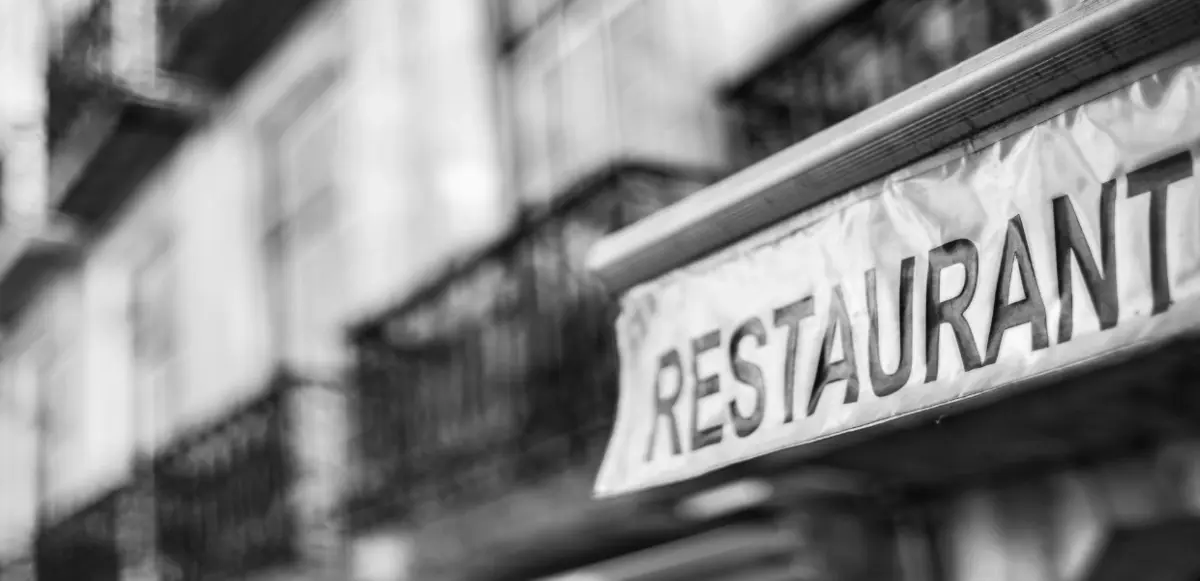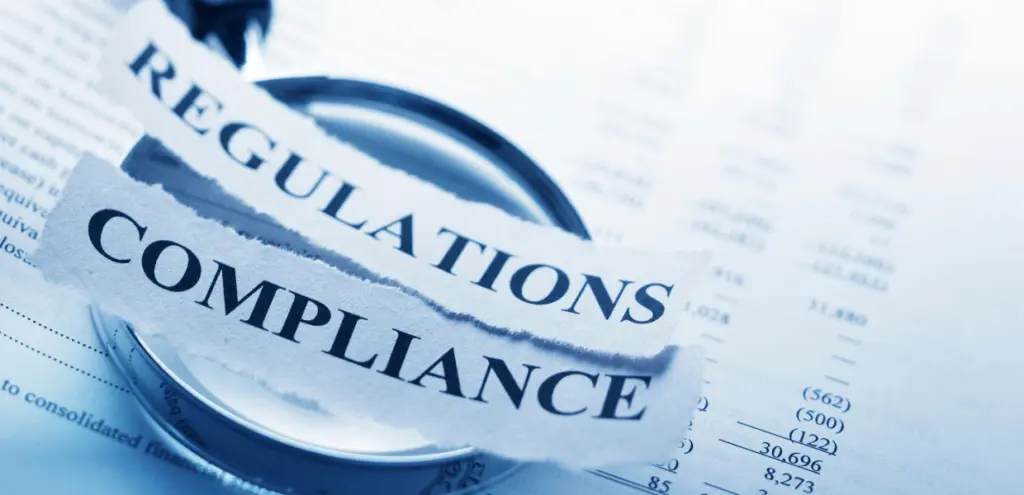All Articles
How to Find the Best Location for Your Restaurant

When opening a restaurant, one of the most critical decisions that will determine the success of your venture is the restaurant’s location. Why? Because the location is a make-or-break factor for any restaurant. It influences everything from customer traffic to visibility, operating costs, and, ultimately, profitability. Simply put, a poor location means low visibility, few customers, and little to no revenue. In this article, I will present why the location is so important and some critical factors you need to consider to find the best location for your restaurant.
The Importance of Your Restaurant Location
Before diving into the specifics of how to select the best location for your restaurant, it is crucial to understand what important role location plays for your restaurant. A good location not only attracts customers but also establishes your brand in a community. Conversely, a poor location can limit your restaurant’s potential, even if you offer excellent food and service. The restaurant location will affect many aspects of your business. To mention a few, think about the following:
Your restaurant location plays a crucial role in determining your customer base. A bustling downtown area will attract a different demographic compared to a quiet suburban neighborhood. It’s essential to understand your target audience and where they are most likely to dine. For instance, if your restaurant is a family-style restaurant and is designed to cater to families, but the surrounding area lacks a strong family presence, then it is clear that this would not be an ideal location. Choosing the right spot is vital for aligning your offerings with the needs of your intended customers.
As mentioned in the introduction, a location that is easy to find and highly visible naturally attracts more customers. Additionally, areas with high foot traffic typically offer a consistent flow of potential diners.
Selecting a location surrounded by competitors can present both challenges and opportunities. Before making your decision, it’s essential to conduct thorough research to understand who your neighbors are, how you might leverage their presence to your advantage, or whether it would be wiser to choose a different area altogether. For instance, if you’re planning to open a fast-food restaurant in an area already saturated with well-established and beloved competitors, you might want to consider a different location.
Finally, when evaluating the costs of opening a restaurant, location is often one of the most significant expenses. While a prime location can offer long-term advantages, it also comes with higher costs. Therefore, it is essential to balance the benefits of a great location with its expenses to ensure long-term profitability.
Steps to Finding the Best Location for Your Restaurant
Understanding the critical role that location plays in your restaurant’s success, I will further explore some key factors to consider when choosing the perfect spot. However, let us take a step back and start with the essentials.
1. Define Your Restaurant Concept and Target Audience
Before selecting the ideal location, it is essential to have a clear understanding of your restaurant concept and target audience. Knowing who you are and whom you are addressing will guide you in choosing the perfect location. Are you opening a fine dining establishment, a casual eatery, or a fast-food joint? Each type of restaurant has different location needs.
A fine-dining restaurant typically thrives in upscale neighborhoods or downtown areas with high-income residents or a steady flow of tourists. The location should reflect the exclusive nature of the dining experience.
Casual dining restaurants provide a more relaxed atmosphere, making locations in suburban areas, near shopping centers, or within family-friendly communities ideal. These locations often ensure a steady flow of local patrons.
Fast-food or quick-service restaurants often thrive in high-traffic areas near schools, business districts, or busy highways, where people seek quick, convenient meals.
Once you have defined your concept and audience, it becomes easier to narrow down potential locations that cater to your specific customer base.
2. Conduct Market Research

Once you have a clear understanding of your identity and target audience, conduct market research in various areas to determine if your restaurant would be a good fit. This research will provide insights into the demographics, consumer behavior, and competition in different locations.
- Demographics: Analyze factors such as age, income level, education, and family size in the area. For example, a neighborhood filled with young professionals might be ideal for a trendy café or bar, while a family-oriented community could support a family-friendly restaurant. Resources like the U.S. Census Bureau can be highly beneficial for conducting this research and obtaining accurate demographic information.
- Consumer Behavior: Another crucial factor in selecting your restaurant location is understanding the local population’s dining habits. Do they frequently dine out, or do they prefer takeout and delivery? This information is essential for making informed decisions not just about the location but also about your restaurant’s operations and offerings.
- Competition Analysis: Identify the number and type of restaurants already operating in the area. While competition can indicate healthy demand, too much might make it harder to stand out. Alternatively, a lack of competition might signal an underserved market or low demand.
3. Analyze Foot Traffic and Visibility
High visibility is essential for your restaurant to stand out, and selecting a location with high foot traffic can significantly boost your sales. Ensure that your restaurant’s location excels in both of these key areas.
- Busy Streets and Intersections: Locations on busy streets or near popular intersections can attract much attention, especially if your signage is clear and inviting.
- Proximity to Businesses and Attractions: Being near office buildings, shopping malls, theaters, or other attractions can provide a steady stream of potential customers, especially during peak hours.
- Visibility: Even if an area has high foot traffic, if your restaurant is tucked away in a hidden spot, it may not draw in as many customers. Consider the line of sight from the street and ensure your restaurant is easily visible.
4. Consider Accessibility and Parking

Accessibility is a crucial factor in choosing a good restaurant location. Your restaurant should be convenient for both pedestrians and drivers. You don’t want your customers thinking, “I would go there, but it is too difficult to reach. Let’s just go somewhere else.” Here are some tips you must consider:
- Parking: Ample parking is often necessary, especially in suburban or less densely populated areas. Customers may avoid your restaurant if they struggle to find convenient parking.
- Public Transport: In urban areas, proximity to public transport options like bus stops or subway stations can be a significant advantage. It increases accessibility for customers who do not drive.
- Entrance and Exit: The ease with which customers can enter and exit your restaurant also matters. Avoid locations with tricky turns or that require customers to make U-turns to get in.
5. Evaluate the Building and Space
The physical characteristics of the building and space play a vital role in shaping the customer experience and ensuring operational efficiency. Consider the following key aspects:
- Size and Layout: The space should be ample enough to accommodate your kitchen, dining area, storage, and other essential facilities. The layout must also support a smooth flow of service and movement. For instance, if you are planning to open a buffet restaurant, it’s crucial to have a spacious building with a well-designed layout to prevent crowding and ensure guests can move comfortably without bumping into one another.
- Condition of the Building: Thoroughly inspect the building’s condition. If renovations or repairs are needed, be sure to account for these costs in your budget. It’s wise to bring along a specialist who can identify potential issues that you might overlook.
- Outdoor Space: If you plan to offer outdoor dining, check whether the location has or can accommodate a patio or sidewalk seating.
6. Assess the Costs
While a prime location can be tempting, it is essential to balance location quality with your budget. Investing heavily in a top-tier location with the expectation of a guaranteed return on investment is risky—you should not rely solely on location. To better understand the financial commitment, consider the following cost factors:
- Rent/Lease: Renting or leasing space is often the most significant expense for a restaurant. Prime locations have higher rents, so ensure the expected revenue can cover the cost.
- Utilities: Utility costs can vary widely depending on the location. Older buildings may be less energy-efficient, resulting in higher bills, while newer constructions are typically designed with energy efficiency in mind.
- Renovation Costs: If the space needs significant renovations, you should factor these costs into your overall budget. Sometimes, a less expensive location that requires more work might cost more in the long run.
- Property Taxes and Insurance: These costs vary by location and can significantly increase your expenses. Ensure you understand the complete financial picture before committing to an area.
7. Check Zoning Laws and Regulations

Every city or town has zoning laws that dictate what types of businesses can operate in certain areas. Before signing a lease, verify that your restaurant is allowed to operate in the chosen location.
- Zoning Restrictions: Some areas may restrict the type of business, hours of operation, or even noise levels. Ensure that your restaurant concept aligns with these regulations.
- Health and Safety Codes: It is essential to familiarize yourself with local health and safety codes, as they will directly impact the design and operation of your restaurant. These codes cover everything from kitchen layout to restroom facilities. The Food and Drug Administration (FDA) is a reliable source for these regulations, offering crucial guidelines on food safety and health standards. Be sure to consult the FDA’s food business regulations for the most up-to-date health and safety requirements.
- Signage Regulations: Some areas have strict rules about signage, including size, lighting, and placement. Make sure you can effectively market your restaurant with the signage allowed.
8. Consider the Neighborhood’s Future Development Plans
Do not choose a location without understanding the neighborhood’s future development plans. These can provide valuable insights into whether the location will remain desirable in the long term. Consider these aspects:
- Upcoming Construction: Large construction projects nearby can either help or hurt your business. For example, a new shopping center could bring in more customers, but prolonged roadwork could deter people from visiting.
- Gentrification: If the area is undergoing gentrification, it might become more desirable over time, attracting more affluent customers. However, this could also drive up rent prices in the future.
- Planned Infrastructure Improvements: New roads, public transportation expansions, or other infrastructure projects can improve accessibility and attract more customers to the area.
9. Test the Location
Before making a final decision, it is a wise idea to test the location. This can be done in several ways:
- Pop-up Restaurants: Consider opening a pop-up version of your restaurant in the area. This can give you a feel for the local market and customer base without a long-term commitment.
- Surveys and Focus Groups: Conduct surveys or focus groups with potential customers in the area to gauge their interest in your concept and location.
- Observation: Spend time in the area at different times of day and on different days of the week. Observe the foot traffic, the types of people who frequent the area, and the overall atmosphere.
10. Seek Professional Advice
While you can evaluate many aspects on your own, it’s crucial to seek professional advice to ensure you make well-informed decisions. The process of selecting the right location involves numerous factors, and if this is your first time, it’s easy to miss critical details.
- Real Estate Agents: A commercial real estate agent with experience in restaurant locations can help you find potential spaces, negotiate leases, and understand the market.
- Consultants: Restaurant consultants can provide expert advice on location selection, concept development, and financial planning.
- Legal Advice: Before signing any lease or purchase agreement, it’s essential to have a lawyer review the contract to ensure your interests are protected.
Conclusion
Finding the best location for your restaurant is a crucial step in ensuring the success of your business. It requires a thorough understanding of your target market, detailed market research, and a careful analysis of various factors, including foot traffic, accessibility, costs, and regulations. Following the steps outlined in this article, you can make an informed decision that aligns with your restaurant’s concept, goals, and budget.
Remember, the perfect location does not just meet your current needs; it also positions your restaurant for long-term success. With the right location, your restaurant will have a solid foundation to build a loyal customer base, stand out from the competition, and ultimately thrive in the competitive food and beverage industry.
 2 September 2024
2 September 2024 8 min read
8 min read

